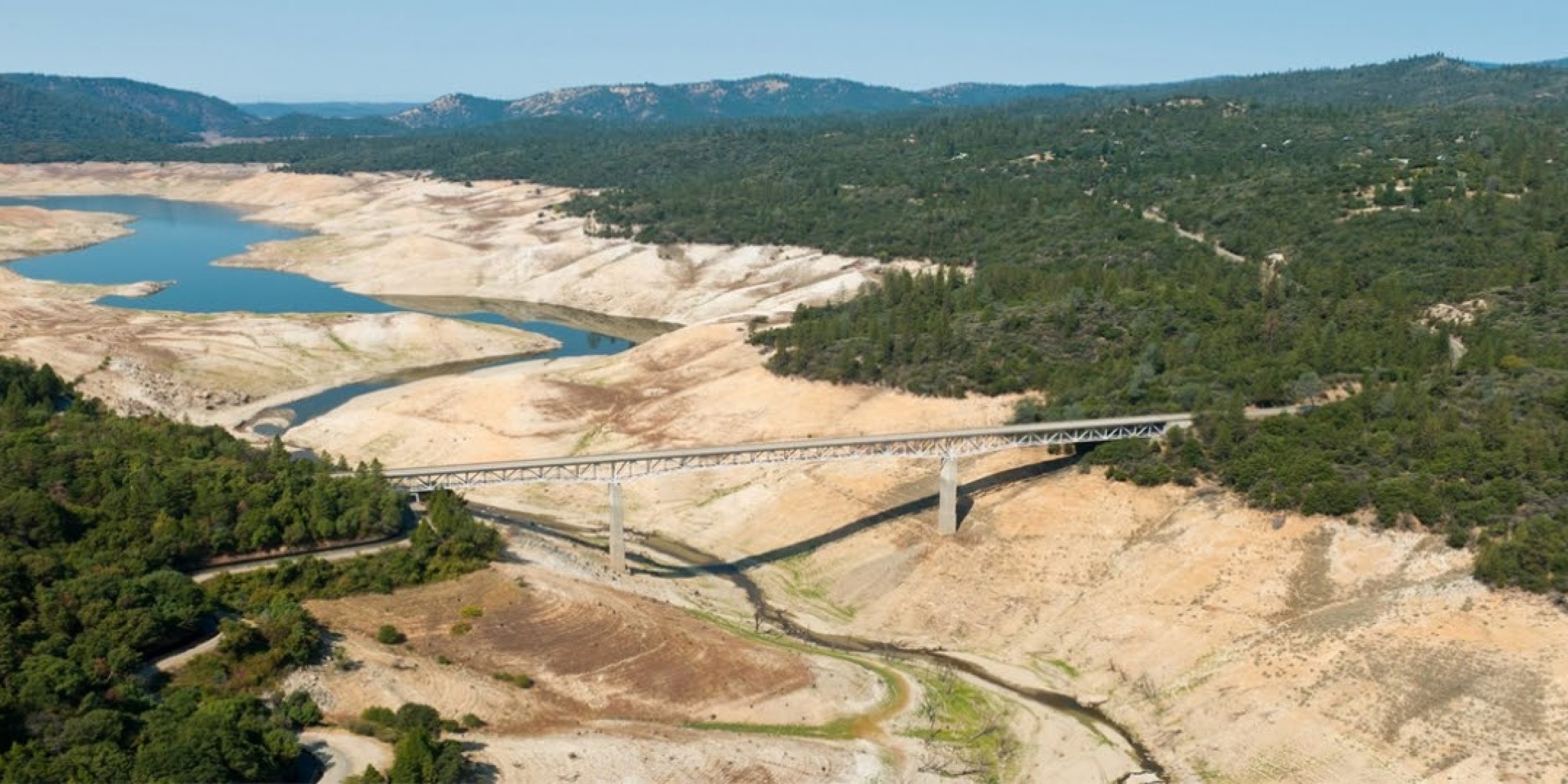Drought causes billions of dollars in damages across the United States. Drought risk, driven by many different factors, is projected to increase over much of the U.S. in the future. While damaging, droughts today are much more moderate than the Megadroughts of the past. Using the prior CPO/Climate Observations and Monitoring (COM) Program-funded last millennium reanalysis (LMR) methodology, in a new study researchers combine a network of proxy records (e.g. tree rings, corals, and ice cores) with output from a general circulation model (GCM) to estimate a multivariate record of climate variability and examine drivers of drought and mega drought over the last millennium. The research, funded in part by the COM Program was recently published in Science Advances. Analysis of the LMR climate reconstruction shows a clear connection between Southwest drought and La Niña sea-surface temperature patterns. However, this pattern only explains a small part of the variability associated with past U.S. drought. The majority of variability in drought over the last millennium is unexplained by climate modes, suggesting that internal atmospheric variability plays a large role in determining hydroclimate during the Common Era. The researchers draw modern analogs, and highlight current limitations in interannual drought predictability in a warming climate.




Climate Program Office
Advancing scientific understanding of climate, improving society’s ability to plan and respond






Climate Program Office
Advancing scientific understanding of climate, improving society’s ability to plan and respond
Scroll to Top

